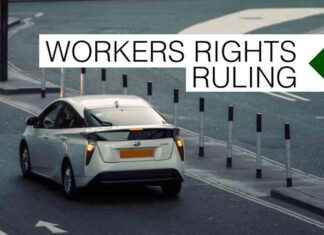Energy is becoming scarcer and expensive. So it’s worth saving. Also in the kitchen, when baking and cooking. This area accounts for around eleven percent of the total annual electricity consumption of an average three-person household. Read here how you can save here.
Food intake is not only a necessity, but also quality of life. So that the food is more digestible and also tastes better, people cook, roast, cook and bake. This requires a stove and also energy. It’s expensive at the moment. A good reason, therefore, to pay attention to the power consumption when using the cooker.
Baking and cooking accounts for around eleven percent of the annual electricity costs in an average three-person household. Modern stoves have a significantly lower power consumption than old devices. Irrespective of this, electricity can always be saved in everyday life with simple tips on the stovetop and in the oven, as the campaign “80 million together for the energy change” of the Federal Ministry for Economic Affairs and the Environment shows.
Let’s start with the oven
Most people have no idea how much electricity an oven uses. Here are a few examples:
How can the power consumption when baking be reduced?
And now for the hot plate
Regardless of the type of stove, you can cook energy-efficiently. Cooking without a lid, for example, uses up to three times as much energy as when the pot is covered. Or expressed in figures based on the energy consumption for cooking 500 grams of potatoes: With a pot without a lid that is filled with a lot of water, you need around 0.5 kilowatt hours (kWh) on a glass ceramic hob. That’s around 15 cents per cooking process. If, on the other hand, you use the pot with a lid, you only use around 0.25 kWh. The electricity costs per cooking process are therefore reduced by half.
How can the electricity consumption when cooking be reduced?
(This article was first published on Thursday, July 07, 2022.)







